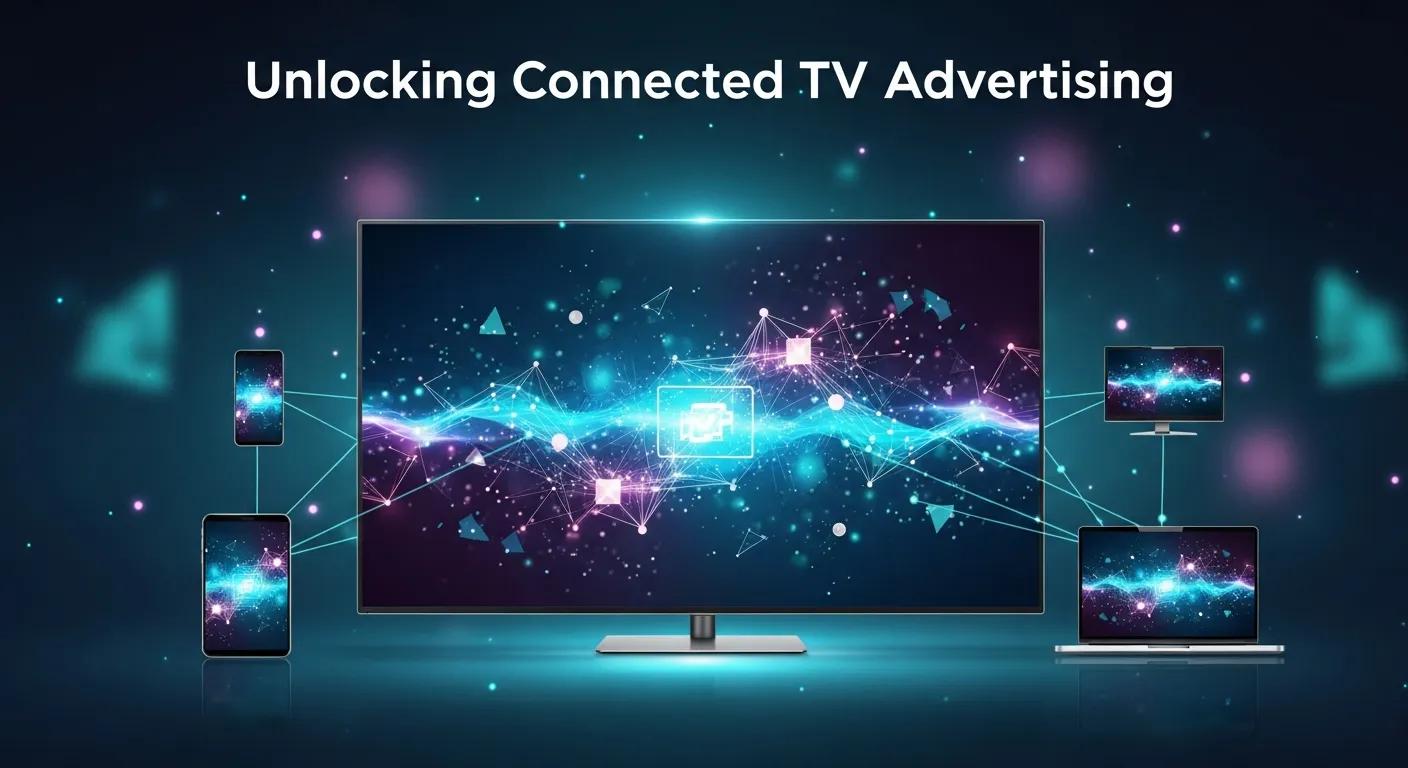Explore the cutting-edge advancements that are transforming how we watch and interact with television today.
EXPLORING THE EVOLUTION OF CTV Connect TV Television
Connected television, also known as smart TV, has come a long way since its inception. Initially, TVs were only capable of broadcasting content through terrestrial, cable, or satellite signals. However, the advent of internet connectivity has revolutionized this medium, allowing TVs to stream content from various online platforms.
The evolution began with the integration of basic internet services into television sets, enabling features such as browsing and streaming. Over time, these functionalities have expanded, incorporating advanced technologies like voice control, app ecosystems, and seamless integration with other smart devices in the home.
Key Features of Modern Connected TVs
Modern connected TVs boast a myriad of features that enhance user experience. High-definition (HD) and ultra-high-definition (UHD) displays provide stunning picture quality, while High Dynamic Range (HDR) improves color and contrast. These visual enhancements are complemented by immersive audio technologies like Dolby Atmos.
Smart TVs now come with built-in streaming services such as Netflix, Hulu, and Amazon Prime Video. They also support various applications, from social media to gaming, transforming the TV into a multifunctional entertainment hub. Additionally, modern connected TVs offer voice assistants like Amazon Alexa and Google Assistant, enabling hands-free control and smart home integration.
The Impact of AI and Machine Learning on TV Viewing
Artificial Intelligence (AI) and Machine Learning (ML) are significantly impacting how we interact with connected televisions. AI algorithms analyze viewing habits to provide personalized content recommendations, ensuring users discover shows and movies that match their preferences.
Machine learning enhances features such as voice recognition and natural language processing, making it easier for users to control their TVs using spoken commands. Furthermore, AI-powered upscaling technology improves the quality of lower-resolution content, providing a better viewing experience regardless of the source material.
How Smart Integration is Shaping the Future of Television
Smart integration is at the forefront of the future of television. Connected TVs are increasingly becoming the central hub of smart homes, seamlessly interacting with other smart devices such as lights, thermostats, and security systems. This integration allows for a more cohesive and convenient user experience.
For example, users can adjust lighting and temperature settings directly from their TV or receive notifications from their smart doorbell. This interconnected ecosystem not only enhances convenience but also opens up new possibilities for automated home management and entertainment.
Consumer Trends and Future Predictions in Connected TV Technology
Consumer preferences are driving the rapid evolution of connected TV technology. There is a growing demand for larger screens, higher resolutions, and more interactive features. As a result, manufacturers are continuously innovating to meet these expectations.
Looking ahead, we can expect further advancements in areas such as 8K resolution, more sophisticated AI-driven features, and even greater integration with other smart devices. Virtual reality (VR) and augmented reality (AR) may also become more prominent, providing immersive viewing experiences that go beyond traditional television.

.png)

.png?width=3589&height=3589&name=Discover%20(2).png)


